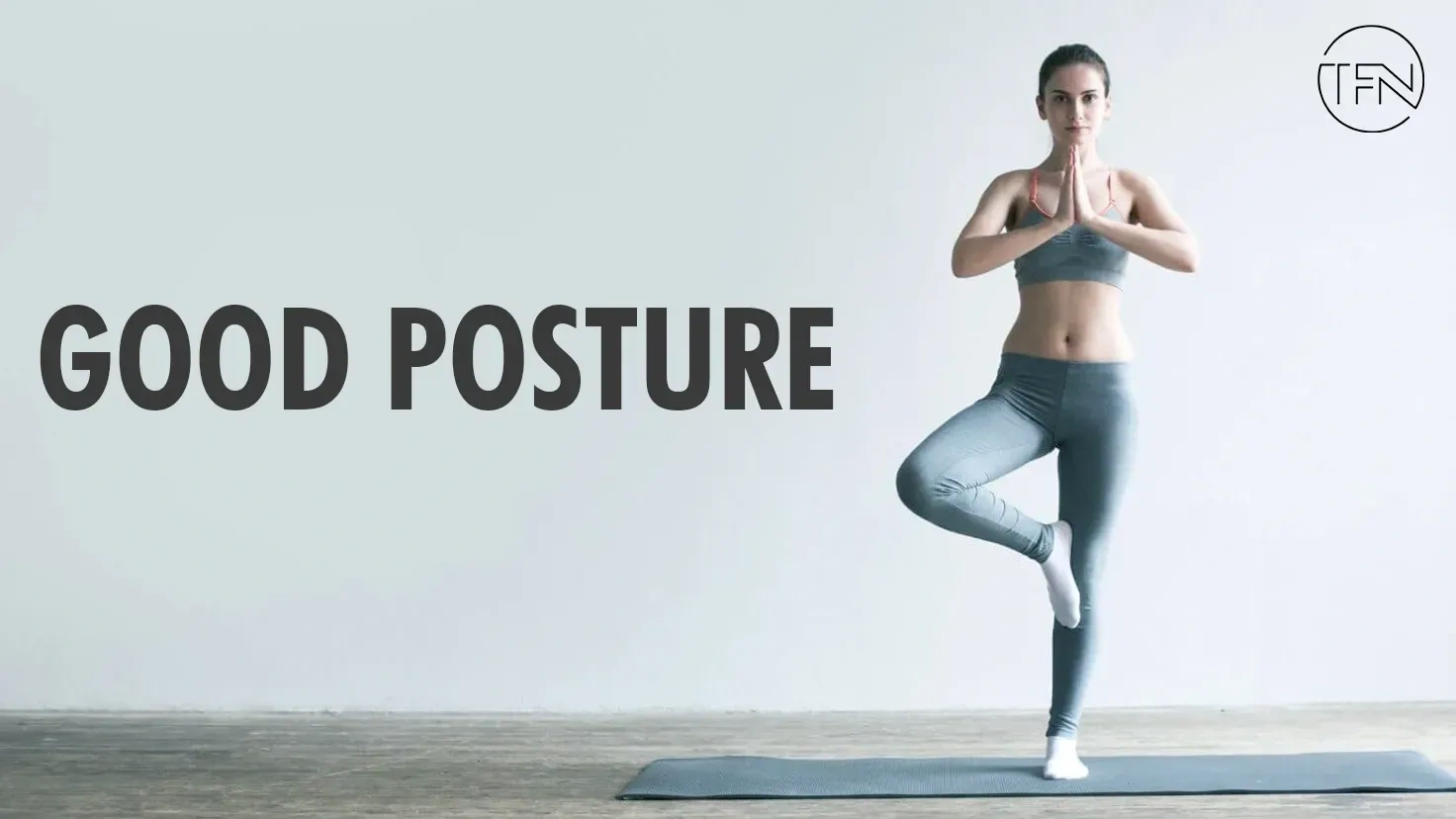
What is good posture?
Posture is how you hold your body when standing or sitting. Proper posture can help improve your breathing, circulation, and strength. You can be a professional dancer or athlete to have good posture. Here are five tips for good posture:
- Keep your head and shoulders aligned: When you stand up, make sure your head, shoulders, and hips are all in line. If they're not, use your hands to guide them into alignment.
- Keep your back straight: Keep your back straight from the top of your head to the heels of your feet. If it's difficult to do this on your own, prop yourself up with a chair or stool.
- Keep your ears level: Adjusting your ears can help improve balance and alignment.
- Hold your breath: When you exhale, allow all the air out of your lungs evenly. This will help keep everything in balance and relaxed.
- Don't overthink it: Relax and let gravity take care of the rest!
The Different Types of Postures
Regarding healthy posture, there are a few important considerations. You don't have to be an acrobat or contortionist to maintain good posture – keeping your spine straight and your head up is all you need to start. Once you have these basics down, there's a lot of variation you can explore to find the right balance for you.
The following are three types of good posture:
Straight-Line Posture: This is the most common type of posture, and it refers to keeping your spine straight from head to toe. To achieve this, ensure your shoulders and hips are parallel and keep your chest open and shoulder blades down. When sitting or standing, try not to slouch or hunch your back – only allow minimal curvature at the waistline.
Fold-Forward Posture: In this stance, you will fold forward at the hip joints and tuck your chin towards your chest. This position may be more comfortable for some people because it reduces lower back and neck stress. Be sure not to get too close to the ground – instead, keep your hands comfortably away from your sides so you can maintain a lift in the front of your torso.
Extended Posture: In this position, you will extend both legs out in front of you with feet together (or slightly apart). Keep your chin high so that you do not strain your neck.
The benefits of good posture
Maintaining good posture is crucial to feel and looking your best. Good posture looks great and can help reduce pain in the neck, back, and shoulders. Here are some of the benefits of good posture:
1. Improved Neck Support
Good posture helps support your neck in a neutral position, preventing strain and tension on the neck's soft tissues. This can help reduce headaches and other neck pain symptoms.
2. Reduced Back Pain
Maintaining good posture helps reduce back pain by keeping your spine aligned and reducing pressure on spinal discs. Improperly aligned discs can lead to back pain and other health problems.
3. Reduced Spinal Rotation & Curvature
Bad posture can cause spinal rotation (when your thoracic spine twists) or curvature (when your lumbar spine curves). These conditions create many health problems, including lower back pain and restricted movement. Maintaining good posture requires time and effort, but it's worth it!
How to achieve good posture
A good posture is essential for overall health and well-being. To achieve good posture, start by sitting with your spine straight, and your shoulders pulled back. When you stand, keep your back tall and maintain a neutral spine. Remember to take regular breaks to move your body and stretch your muscles. Following these simple tips can improve your posture and make you feel more confident in yourself.
Tips for improving your posture
There is no one-size-fits-all answer to improving your posture, as the key to achieving a good posture depends on your unique body composition and biomechanics. However, there are a few basic tips that can help you achieve better alignment:
1. Keep your back straight
The first step in improving your posture is maintaining good back alignment. This means keeping your spine straight from the top of your head to the tailbone. To find out how to keep your back straight, try adopting the 'cat' or 'cow' poses – both of which will help listen to your spine and abdominal muscles.
2. Avoid slouching
Slouching causes poor spinal alignment and unnecessary stress on your neck, shoulders, and upper back. To avoid slouching, ensure that you are sitting up tall with your shoulders pulled back and your chest lifted. Additionally, make sure you don't hunch over your computer or phone – instead, stand up straight and let gravity do its job by pulling down your waistline.
3. Keep core engaged
Maintaining abdominal engagement all day is one of the most important considerations while working on your posture. This means engaging both the rectus abdominis (muscle along the midline of the stomach) and obliques (muscles on each side of the torso.
Not medical advice, seek professional help!

